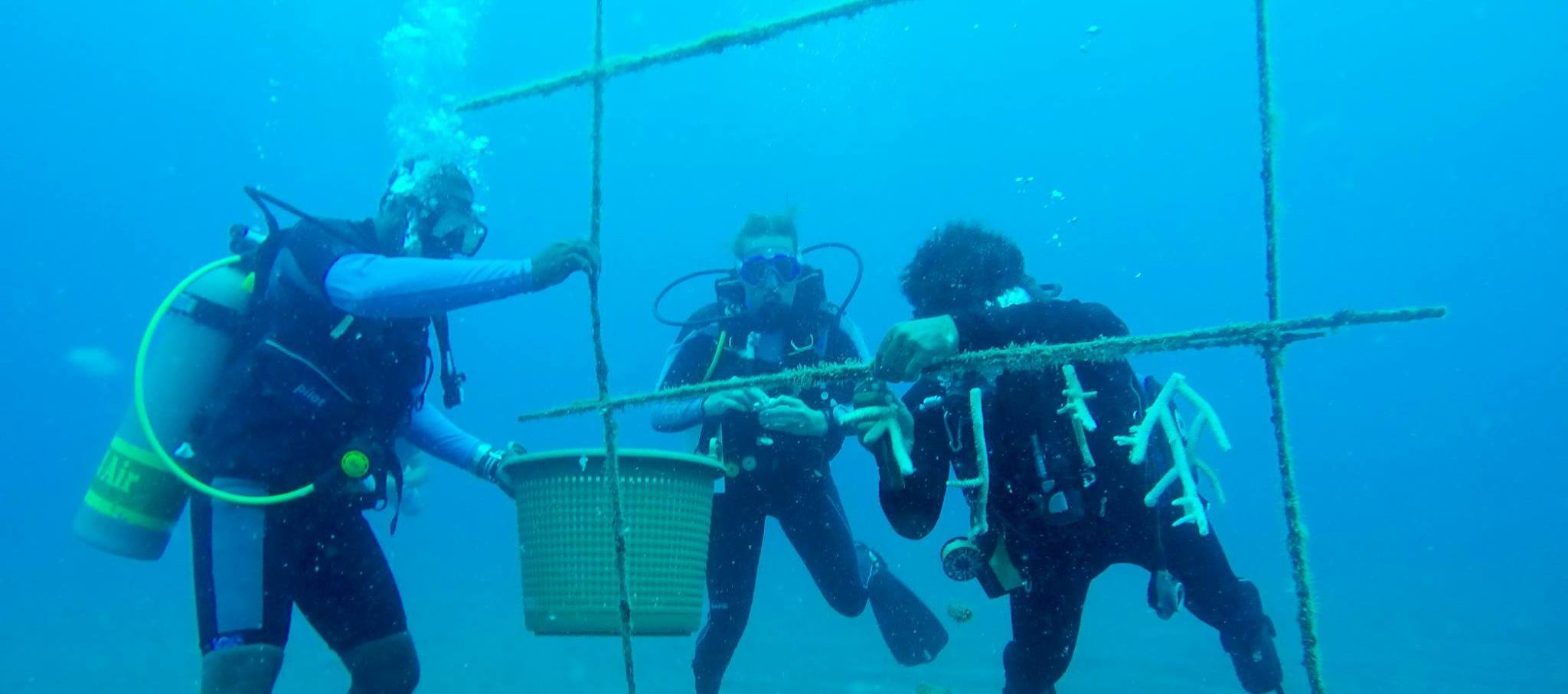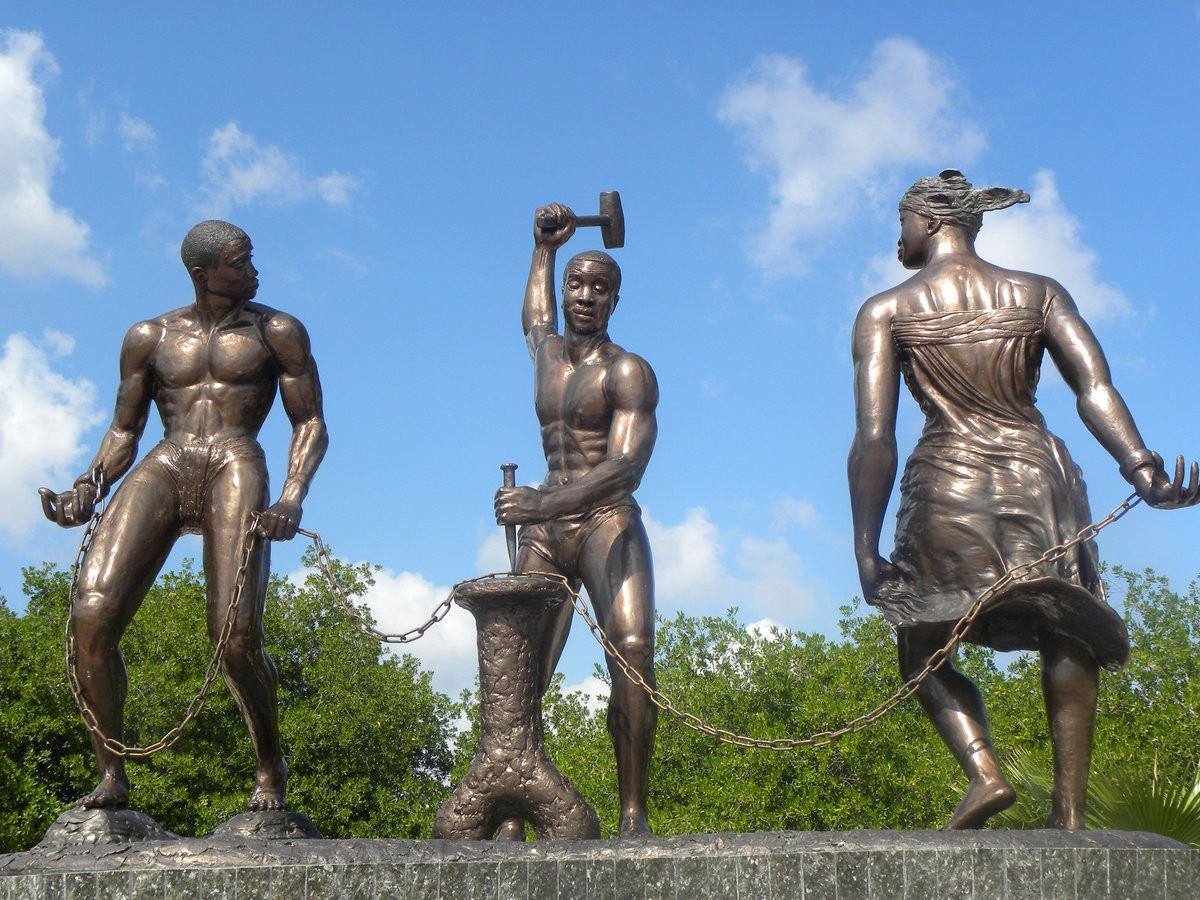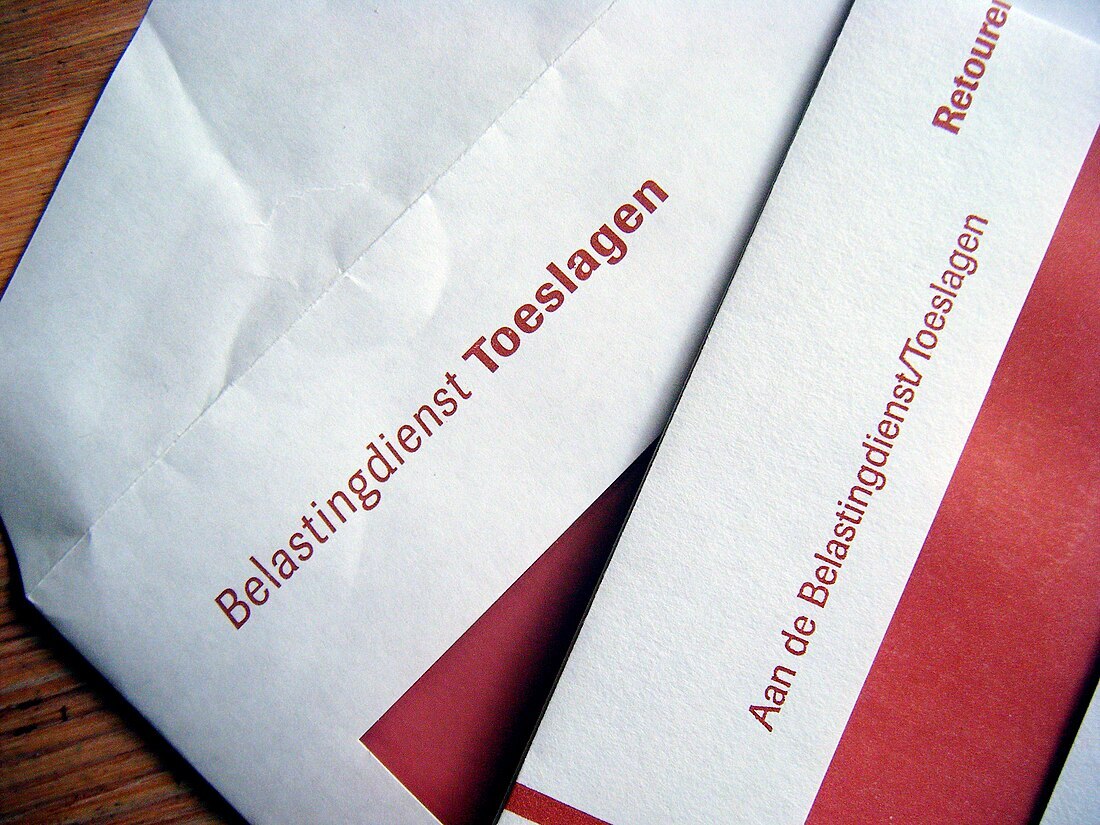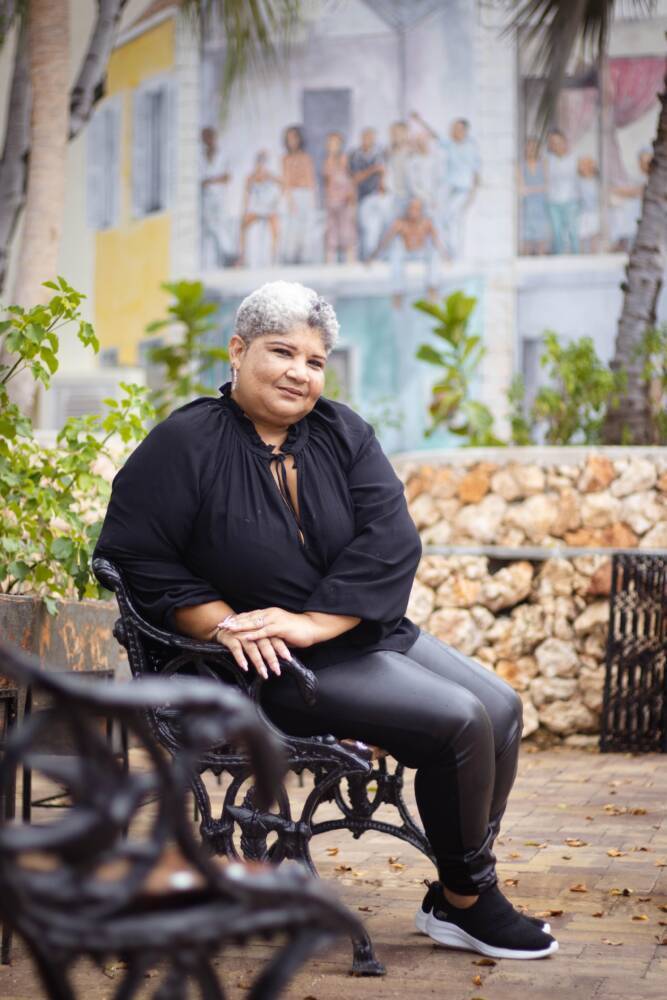THE BOTTOM – The Saba Conservation Foundation continues to bring life to the coral reefs on the island of Saba, post-Hurricane Irma. Artificial habitats are projects now taking place to allow the restoring of reefs. “Eight percent coverage is still stable within the reefs”, says Ayumi Kuramae, Saba Bank Officer and Science Coordinator of the Saba Bank Management Unit.
This organisation’s mission is to make the Saba Bank ‘Climate Proof’. They study what is important to keep the Saba Bank resilient against ecological threats, as well as after devastating hurricanes such as Irma and Maria. This starts with collecting fundamental scientific data as a basis for good policy to safeguard the Saba Bank for the future.
Ayumi Kuramae talks about what the community of Saba can do to help protect the reefs
The Saba Bank provides multiple habitats for a number of different species within 2,200 square kilometres. The Bank has one of the richest diversity of marine life of the Caribbean Sea, and contributes to the diversity of marine life of the surrounding islands, St. Maarten and St. Eustatius.
Soft corals, sponges and fish species are highlights of this bank. The Saba Bank supports the main incomes on Saba, the fisheries and dive industry. Fishermen depend on the Saba Bank for their main fisheries, which contains much of the Caribbean spiny lobster and snappers.
The dive industry depends on the Saba Bank as the bank directly supports a high biodiversity in the region. “For instance, multiple shark species like Caribbean reef sharks, tiger sharks and nurse sharks use the Saba Bank. These characteristic species attract dive tourists, benefiting the local economy”, said Kuramae.
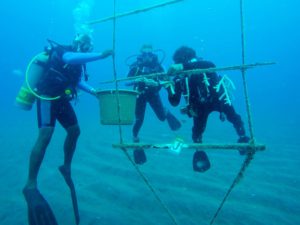
Collected coral fragments being attached to a coral nursery ladder. Credit- Saba Conservation Foundation
Challenges
Like all other marine ecosystems, the Saba Bank has also dealt with the effects of Global warming such coral bleaching due to ocean acidification, threatening the basis of the Saba Bank, the coral reefs. Oil tankers passing by closely, the growth of algae on reefs are some of the threats that are faced by the bank. Dealing with habitat degradation from previous anchorages on the Saba Bank, illegal fishing, and also invasive species, such as the lionfish still remains problematic.
“Some threats are very hard to manage, not only because we have a small capacity for such an immense area, but also because those threats either come from neighboring islands and from far away carried by ocean currents, that are beyond our national legislation”, states Kuramae.




